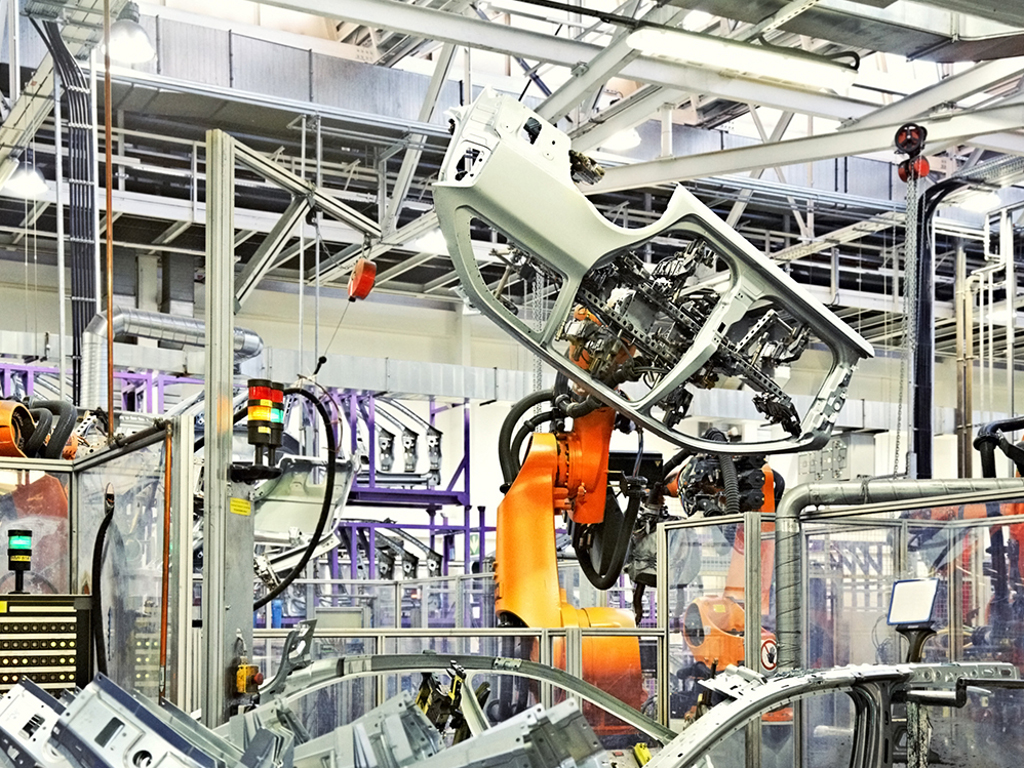Growth of foreign direct investment inflows in Western Balkans – Macedonia realizes largest increase of 260%, Serbia at 44%

While the flow of FDI dropped by 13% to USD 1.3 trillion globally, in the Western Balkans region, designated as Southeast Europe in the report and categorized as part of a wider region of transition economies, there was a growth by 33% to EUR 7.4 billion.
According to the report, the largest growth in the Western Balkans was recorded by North Macedonia, where the inflow of FDI increased by 260%, from USD 205 million in 2017 to USD 737 million in 2018.
Serbia became the second largest FDI recipient among transition economies as inflows grew by 44% to USD 4.1 billion, driven by a surge in new equity capital. Montenegro was the only country in the region to see a decline, by 12% to USD 490 million, whereas Bosnia and Herzegovina recorded a growth of 4% to USD 468 million, and FDI in Albania increased by 13% to USD 1.3 billion.
Of the EU member states in the region, Slovenia had the biggest FDI growth – by 81% to USD 1.4 billion. Croatia dropped by 43% to USD 1.2 billion, whereas Bulgaria declined by 21% to USD 2 billion. Greece recorded a growth by 9% to USD 4.3 billion, whereas FDI in Romania grew by 9% to USD 5.9 billion.
Serbia’s economy is the largest in the subregion and is relatively diversified, the report says. The country’s strategic location facilitates logistics investment, such as the Vinci Airports (France) stake in Nikola Tesla Airport in Belgrade. Its natural resources (especially copper) are also attracting resource-seeking firms. The Zijin Mining Group (China), for example, acquired RTB Bor’s copper production. FDI in Serbia’s growing automotive cluster (e.g. the projects of the United Kingdom-based wire producer Essex Europe and Japan-based cable producer Yazaki) benefits from the country’s skilled labor force. Finally, the country’s knowledge base is attracting R&D centers, such as German tire maker Continental’s development center in Novi Sad, the UNCTD says in the report.
Decline in Russia
FDI flows to the transition economies of South-East Europe and the Commonwealth of Independent States (CIS) declined in 2018 for the second consecutive year, driven by the halving of flows to the Russian Federation, by far the biggest economy and largest recipient in the group, from USD 26 billion to USD 13 billion, in part due to international political factors and domestic policies aimed at reducing investment round-tripping. Some of the other larger recipients in the region – Azerbaijan, Kazakhstan and Ukraine – also saw declining inflows

FDI flows to developed economies reached the lowest point since 2004, declining by 27%. On the other hand, UNCTAD says, flows to developing countries remained stable, rising by 2%.
Most Important News
06.04.2024. | Agriculture
Preconditions for Placement of Fresh Blueberries and Dried Plums in Chinese Market Secured

16.04.2024. | News
Jovan Ciric, Leasing Director Retail MPC Properties – MPC Echo symbolizes our desire for good ideas and innovative endeavors to spread freely and bring about positive changes

16.04.2024. | News
10.04.2024. | Finance, IT, Telecommunications, Tourism, Sports, Culture
Creative Industry – What This Serbian Economy Sector Worth EUR 2 Billion Encompasses

10.04.2024. | Finance, IT, Telecommunications, Tourism, Sports, Culture
25.04.2024. | Construction, Tourism, Sports, Culture
Zlatibor to get recreation lake in “Krst” location – Tender for preparation of documentation for construction of Miladin Pecinar dam opened

25.04.2024. | Construction, Tourism, Sports, Culture
16.04.2024. | News
Economy Fair in Mostar opens – 26 companies from Serbia exhibiting

16.04.2024. | News
24.04.2024. | Construction, Tourism, Sports, Culture
The Nis multifunctional cultural center with 2,000 spaces to be built in another location after all – Contest for preliminary design opened

24.04.2024. | Construction, Tourism, Sports, Culture


 Izdanje Srbija
Izdanje Srbija Serbische Ausgabe
Serbische Ausgabe Izdanje BiH
Izdanje BiH Izdanje Crna Gora
Izdanje Crna Gora


 News
News







